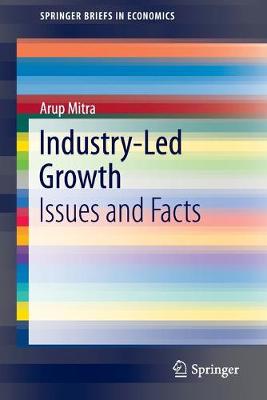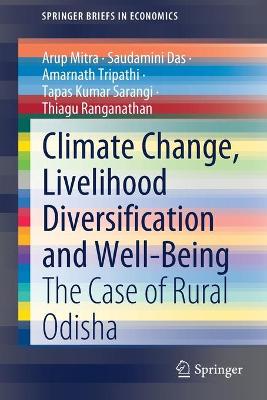SpringerBriefs in Economics
2 total works
The book explores, for India and other developing countries, the potential role the organized manufacturing sector could play as an engine of growth. Alongside growth, can this sector generate adequate employment opportunities to facilitate the transfer of labour from the agriculture sector? The book identifies the major constraints that result in limited demand for labour in the organised manufacturing sector. Beyond technological aspects, skill shortage is an important factor, resulting in sluggish labour absorption. Further, the labour market laws are not necessarily the root cause of sluggish employment growth in the organised manufacturing sector. The development of technologies that are appropriate for labour surplus countries like India is instrumental to employment creation. Though innovation is generally assumed to be capital-intensive in nature, the book argues that innovation nevertheless has a positive effect on employment in absolute terms. Lastly, the main policy issues are highlighted in terms of the priority that should be assigned to industries which can contribute to employment growth and skill formation for improving the employability of the available labour force, and to which innovations should be
pursued, with a specific focus on pro-poor growth objectives.
pursued, with a specific focus on pro-poor growth objectives.
Climate Change, Livelihood Diversification and Well-Being
by Arup Mitra, Saudamini Das, Amarnath Tripathy, Tapas Kumar Sarangi, and Thiagu Ranganathan
Published 25 November 2021
This book assesses the capacity of the rural populace in terms of their ability to perceive a change in climatic variables and, if so, how they react to these changes in order to minimize the adverse effect of climate change. It evaluates the role of education and exposure to change in physiological variables like temperature, precipitation, etc., in forming the right perception of climate change. While analysing livelihood diversification as a strategy to cope with climate change concerns across geography (districts), caste, education and the primary occupation of the households, the book also considers factors affecting diversification. One important aspect of well-being is consumption; thus, by focusing on consumption changes over time and relating it to livelihood diversification, the book makes an in-depth analysis of the coping mechanisms. Diversification adopted in the face of compulsion and in a situation of stagnancy may result in a range of low productivity activities, whereas diversification as an attempt to explore newer pathways in a vibrant context to reduce income risks and smooth consumption can be highly beneficial. The book, thus, focuses on job profile and occupational diversification of the sample households, the extent of instability in occupations and the distribution of households in terms of consumption pattern, the inter-temporal changes in it and the determinants. The book is useful for researchers, students in environmental studies, policy-makers, NGOs and also the common reader who wants to understand climate change, its effects on livelihoods and ways to overcome the shocks. It reflects on effective policies which can create awareness and empower people to explore opportunities for livelihood creation so that the overall is sustained if not improved.

